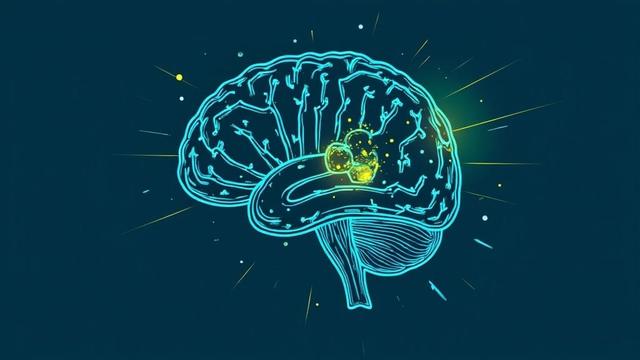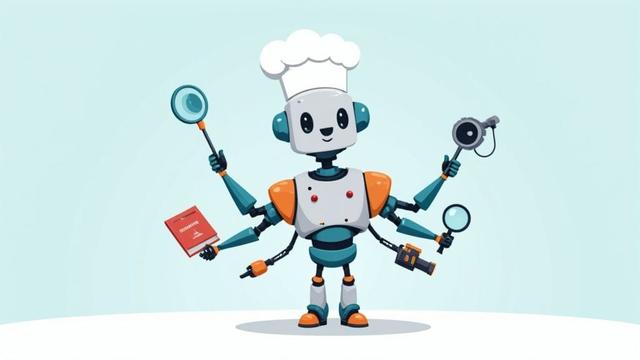
Artificial intelligence has become an indispensable tool, but the quality of its output is directly tied to the quality of our input. Simply asking a question is no longer enough; mastering the art of the prompt is the new essential skill for professionals across every industry. Many users get stuck with generic or unhelpful AI responses, not realizing the power they have to shape the outcome. This guide cuts through the noise, providing a definitive list of 10 essential prompt best practices th

The difference between a generic AI response and a game-changing insight often comes down to a single element: the quality of your prompt. While many users ask simple questions, power users engineer precise instructions to unlock an AI’s true potential. This article moves beyond basic queries to provide a curated collection of powerful, real-world examples of prompts across various industries, from customer service to software development. We will deconstruct the structure of each prompt, analy

Artificial intelligence is transforming how artists and creators approach visual art. From sketching rough concepts to producing gallery-worthy pieces, AI art generators like Midjourney, DALL·E, and Stable Diffusion can now interpret drawing prompts to create high-quality, visually compelling artwork in seconds. But how do you ensure the AI understands the look you’re going for? That’s where the power of specific and well-crafted prompts comes in. In this article, we’ll explore how to use AI d

Think about a world-class chef. This chef has spent years mastering thousands of recipes and techniques, building a deep, intuitive understanding of cooking. Now, you want to teach them a new, highly specialized dish. Would you make them go back to culinary school and relearn everything from how to boil water? Of course not. Yet, this is essentially what traditional training methods demand when we want to adapt a massive AI model for a new task. The Problem With Traditional AI Training Today

To get an AI to create the image you're picturing, you need to give it a clear text description. This isn't just about throwing words at the screen; it's about providing a recipe with four key ingredients: the main subject, the artistic style you're after, specific details like colors and setting, and any technical commands needed, like the image dimensions. The more precise you are, the better the final dish will be. The Blueprint for a Perfect AI Image Prompt Welcome to the wild world of AI

Blogging has evolved. It's no longer just about writing; it's about strategy, speed, and standing out in a crowded digital space. The right AI tools for bloggers are the new power-up, helping you move from a blank page to a polished, published post faster and more effectively than ever before. But with a constant stream of new platforms emerging, how do you choose the tools that will actually make a difference? This guide cuts through the noise. We're not just listing features; we are providing

In today's fast-paced project environments, efficiency is paramount. Project managers are constantly juggling complex tasks, tight deadlines, and diverse stakeholder expectations. What if you could automate routine work, generate insightful reports, and brainstorm risk mitigation strategies in seconds? That's the transformative power of leveraging AI in your workflow. This guide is your definitive resource for the best platforms and marketplaces to find high-quality ChatGPT prompts for project

Content marketing is evolving faster than ever, and artificial intelligence is no longer a futuristic concept. It's a core component of high-performing strategies. From ideation and creation to optimization and distribution, AI tools are transforming how marketers connect with audiences and drive measurable growth. But with a flood of new platforms emerging constantly, which ones actually deliver results and integrate seamlessly into your workflow? This guide cuts through the noise. We'll explo

When you start looking into Large Language Models (LLMs), you’ll quickly see they aren't all the same. They fall into a few key categories based on how they're built, who can use them, and what they’re designed to do. We're primarily talking about the differences between autoregressive and bidirectional models, open-source and proprietary systems, and general-purpose and domain-specific LLMs. Getting a handle on these distinctions is the first real step toward picking the right tool for the job